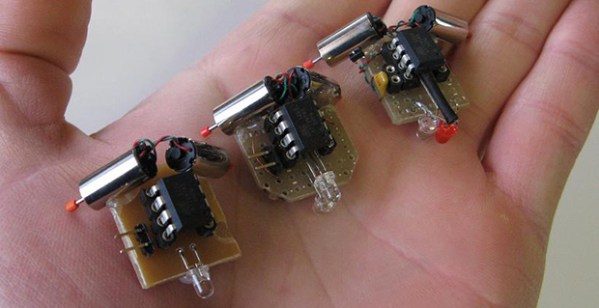
[Atdiy and Whisker], the team behind [The Tymkrs] YouTube channel, are at it again with a tombstone guitar amp project.(YouTube playlist link) Their amp began life as a Philco Tombstone radio which had seen better days. By the time [Tymkrs] got their hands on it, it was just a shell of its former self, as someone had already stripped all the electronics.
The amplifier itself is a disused Leslie tube amp [Tymkrs] had on hand. An LM386 serves as the pre-amp, making this a hybrid solid and vacuum state machine.
The tombstone speaker is especially interesting. [Tymkrs] went with an electrodynamic field coil speaker. Field coil speakers have no magnets, instead using a high voltage (approx 90V DC) coil to create a magnetic field for the voice coil to push against. This sort of speaker was commonplace in the 1930’s, as large magnets couldn’t be made lightweight enough to be used in a speaker. As magnet technology improved, permanent magnets became a staple in speakers.
[Tymkrs] paid special attention to the finish of the amplifier. They brought the tired old radio back to a high shine, then added a Metropolis inspired overlay from aged copper-clad board. The result is an amp that looks great and sounds great!

















